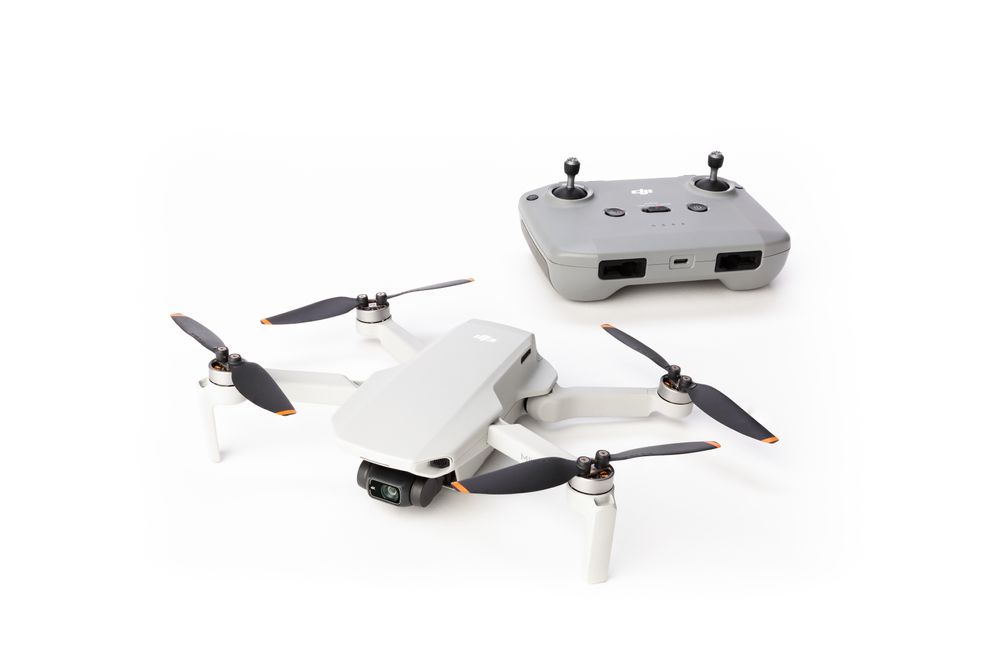When driving a car there are specific rules and safety requirements to follow. As a recreational drone flyer there are similar rules to operate within. It’s the responsibility of the drone pilot to know the rules and fly responsibly.
The FAA aims to educate new drone owners on the various aspects of drone operation rules and regulations.
Here’s a quick breakdown on the FAA guidelines and regulations each new drone owner needs to know before operating their new gift.
1. Take The Recreational UAS Safety Test (TRUST)
Federal law requires all recreational drone pilots to pass an aeronautical knowledge and safety test, known as TRUST. While operating your drone you must also carry proof of passing TRUST if asked by law enforcement or FAA personnel.
2. Drone Registration and Marking
If your drone weighs more than 0.55 lbs (250g) you must register your drone with the FAA on their FAADroneZone website. You also must mark your registration number on your drone and carry proof of registration with you when flying.
3. Remote Identification (RID)
Check that your drone has built-in RID broadcast capabilities or that you have a separate RID module attached to your drone.
4. Only Fly for Recreational Enjoyment and Follow the Safety Guidelines of a Community-Based Organization (CBO)
CBOs are recognized by the FAA and have outlined clear guidelines for safe operations of drones. Further information an a list of CBOs can be found at the FAA website.
5. Keep Your Drone Within Visual Line of Sight (VLOS) at All Times While Flying.
The remote pilot must have situational awareness of their drone and its surroundings at all times. They must know the drones exact location, attitude (the direction it’s facing) and altitude and be monitoring the airspace for potential hazards. They must be able to see the done at all times without any obstruction (buildings, mountains, trees, fog, cloud …).
6. Give Way and Do Not Interfere with Other Aircraft.
Do not operate your drone in any manner that endangers other aircraft or people on the ground.
7. Fly at or Below 400 Feet in Class G (uncontrolled) Airspace
To check what the airspace classification is in the area you want to fly, use the FAA’s mobile app — B4UFLY. This app will show all airspace classes and provide real-time information about any restrictions and other flying requirements based on your GPS location.
8. Fly at or Below FAA-Authorized Altitudes in Controlled Airspace with Prior FAA Authorization
Controlled airspace includes Class B, C, D and surface Class E designated for an airport. Only fly in these controlled airspace areas with prior FAA authorization by using LAANC or DroneZone.
9. Do Not Fly Over People or Moving Vehicles
Drones must not be operated over people who are not under a covered structure or not within a stationary covered vehicle.
Drones may not fly over any moving vehicle. This includes cars, bicycles, buses, scooters, trains — anything that is used for transport.
10. Night-time Operations
Recreational drone pilots can fly at night provided that the drone has anti-collision strobe lights that are visible up to a distance of 3 statute miles. The use of anti-collision lights is also needed for the 1-hour periods before sunrise and after sunset.
Complying with these ten requirements, you can then enjoy many hours of safe, fun and responsible recreational drone flying.
For a detailed explanation of all the above go to the FAADroneZone - the official FAA website for all things drone-related.
If you’ve been bitten by the drone bug you can progress to becoming an FAA Part 107 Certified Remote Pilot. With this nationally recognized certification you can then operate a drone for commercial purposes. This can lead to opportunities for drone-related careers.
As an FAA Part 107 UAS Remote Pilot, I'm passionate about safe drone operations and also do my part to increase awareness and knowledge of drone use with the general public.
I hope this post is helpful to anyone gifting or receiving their first drone this holiday season.
If you are in need of drone services in the Boulder/Denver Front Range area please contact me by email, gregcooperhoto@gmail.com or call/text 720-224-3072.
